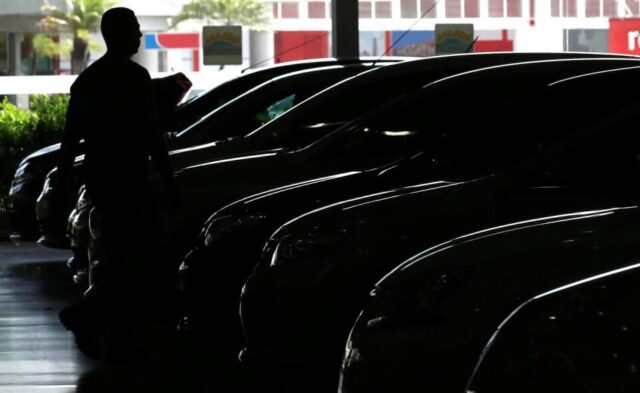The South African new vehicle market ended 2022 on a high note, with the industry recording its twelfth successive month of year-on-year growth.
THE SOUTH African new vehicle market ended 2022 on a high note, with the industry recording its twelfth successive month of year-on-year growth.
According to Naamsa, a total of 528,963 new vehicles were sold during 2022, representing an increase of 13.9% over 2021, although the market was still 1.4% down versus the last pre-pandemic year 2019.
Naamsa said the lifting of all Covid-19 lockdown restrictions in 2022 provided considerable support to the new vehicle market, along with the resultant recovery in business and leisure travel.
A total of 41,783 new vehicles found homes in December, which was an increase of 16.2% over the same month in 2021. Light commercial vehicles led the way with a year-on-year growth of 16.1%, while the passenger car market grew by 15.4%.
About 89% of new vehicle sales last month took place through the dealer channels, and the rental industry accounted for 7.3% of sales, while government and corporate fleets each took a 1.5% slice.
Toyota, as you’d expect, took the top spot on the local sales charts with total sales of 11,250. It was followed by Volkswagen (5,331), Suzuki Auto (3,058), Hyundai (2,770) and Nissan (2,144).
What are the prospects for 2023?
Naamsa believes the South African new vehicle market will remain resilient this year, despite weakening economic indicators and a deteriorating global growth outlook.
The association predicts that vehicle market growth will return to single digits in 2023, given that anticipated GDP growth for the country has been adjusted downwards to 1.1%. However, even this slower growth rate should be enough to return the vehicle market to pre-pandemic levels, Naamsa said.
“Growing concerns about global ‘stagflation’, which is high interest rates combined with slow growth and high inflation, the continued economic impact and disruption of supply chains resulting from the Russia-Ukraine war, and the current pace of tighter monetary policy in major markets have increased the possibility of a global recession,” Naamsa said.
“There is also a likelihood of further near-term global supply chain disruptions stemming from the rapid re-opening of the Chinese economy that has resulted in surging Covid-19 infections.”
Export challenges ahead
South Africa’s vehicle exports grew by 17.9% to 351,450 units, in spite of the strain that the KwaZulu-Natal flooding put on the logistics network last year.
While the export scenario could be supported in 2023 by new model introductions by major vehicle exporters, the risk is still on the downside as global economic conditions have deteriorated and many countries are seeing aggressive interest rate hikes.








